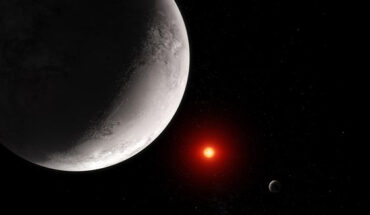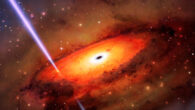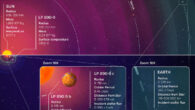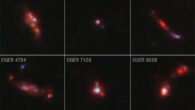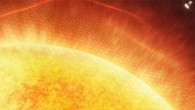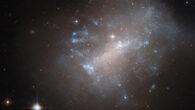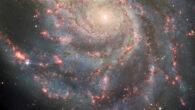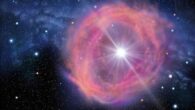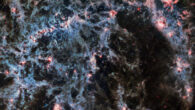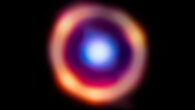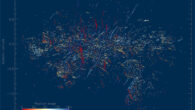Seven rocky planets orbit the nearby dwarf star TRAPPIST-1, providing a unique opportunity to search for atmospheres on small planets outside the Solar System. Thanks to the recent launch of the NASA/ESA/CSA James Webb Space Telescope, possible atmospheric constituents such as carbon dioxide are now detectable. In the new research, astronomers used the new data from Webb’s Mid-Infrared Instrument (MIRI) to calculate the amount of heat energy coming...

